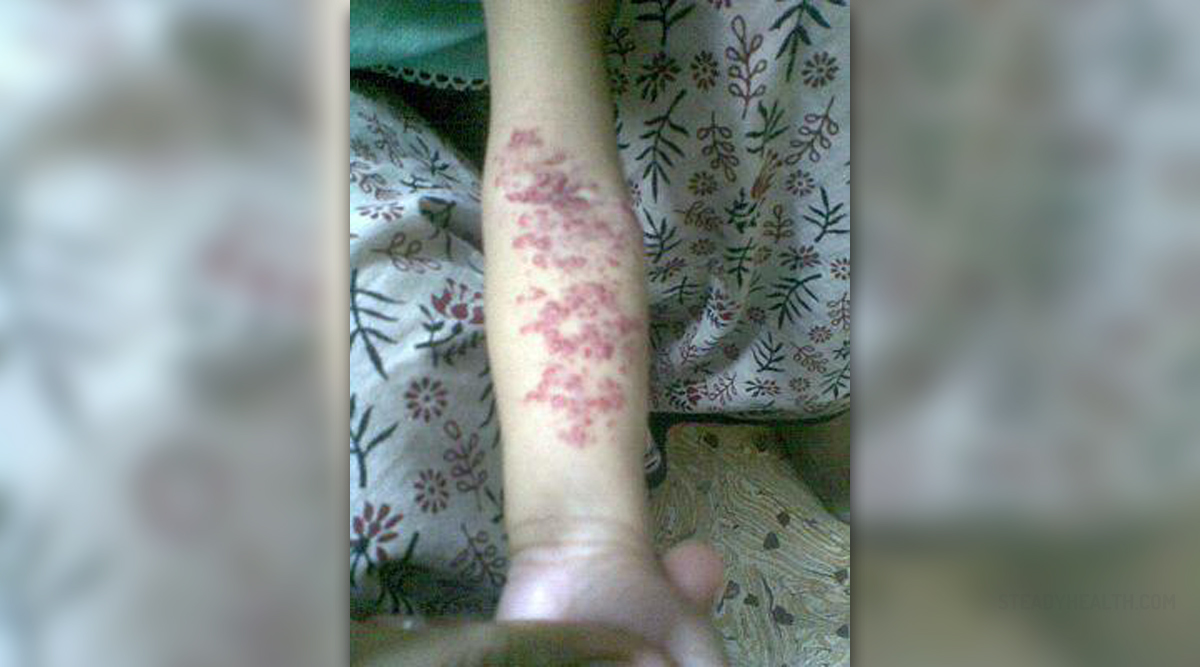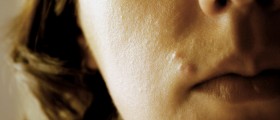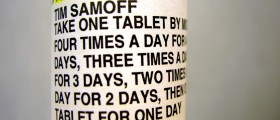
The most common benign tumors in children, especially among babies, belong to the group of hemangiomas. This tumor is usually caused by swelling or growth of endothelial cells of the blood vessels’ lining and some refer to hemangiomas as “strawberry marks”. Exact cause of this skin tumor is still unknown, but scientists believe it is estrogen that aids the growth of these lesions. Because of this, there are more women than men having these birthmarks on the skin.
Children usually have these birthmarks on the face or on the neck, but it is not unusual to see them on other parts of the body. In most cases, a hemangioma looks like a small bruise or more like a red bump and parents are normally advised to wait for it to withdraw on its own.
When to Visit the Doctor?
Most hemangiomas do not require treatment and they can go away without any particular therapy. However, sometimes these benign tumors may grow bigger and cause some medical complications. Instead of looking like red bumps, they may change color to bright red and purple, or have normal skin color. They vary in size from 1mm to 20cm.
There are two distinctive types of hemangioma, superficial and compound. The difference between the two of them is in the involvement of skin layers and their appearance. Superficial hemangioma is usually flat and normally involves only upper layers of the skin. Compound hemangiomas are large lumps, affecting deeper layers of the skin.
Treatment is necessary if hemangioma starts to change/grow or affect some vital organs (eyes, ears, respiratory organs…). All of these organs may be affected or start to bleed because of hemangioma and such complication must be prevented and/or treated. Intensive growth of hemangioma may result in deformed tissue, so this is also considered to be something that should be treated properly.
Hemangioma Treatment
Doctors may use steroids, some other medications, lasers or surgical procedures to treat hemangioma.
Steroids are the most important treatment for hemangioma, because they can slow down the growth of changed epithelial cells. Your doctor may recommend oral, injection or systemic steroid drugs and the treatment normally lasts for a few weeks. In some cases steroid treatment is prolonged and lasts several months. Regardless the length of the treatment you must always be aware of side effects steroids can cause. Medications such as Vincristine, Becaplermin gel or Propranolol may also be useful for hemangioma patients.
Laser may completely remove superficial hemangioma from the skin, but it does not work that efficiently in case of deeper and thicker hemangiomas.Patients may also need surgical procedures to completely remove hemangioma, especially when hemangioma presents a life threat. This is often recommended only for children older than 4 years of age.

















Your thoughts on this
Loading...